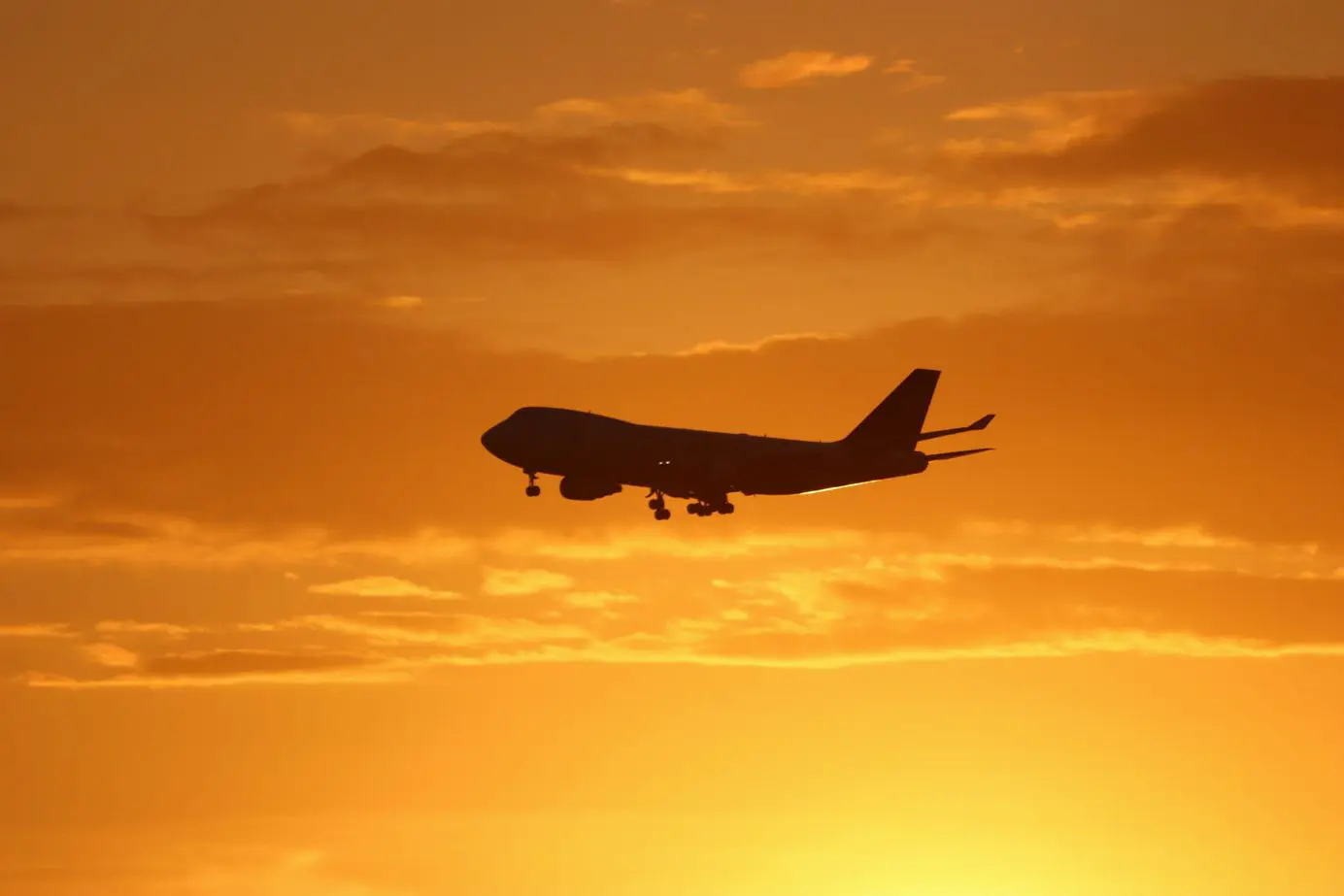
The Queen In Trouble? A Look at the Boeing 747 Sales
In the recent years, the Boeing 747 has seen some turbulence in the market. We take a look at the Boeing 747 sales through history
Table of Contents
It's one of the most iconic aircraft in the history of commercial aviation. It has become a symbol of air travel and aviation through generations and is arguably the most recognizable aircraft in the skies.
The Boeing 747 has been exceptionally significant in the history of passenger aviation. As the first twin aisle airliner, when introduced it was far bigger than any other aircraft. It helped airlines in their efforts to democratize air travel because of the reduced costs per passenger seat that the Boeing 747 offered at the time. With air travel on the rise, the Boeing 747 offered extended range, a higher passenger capacity and more room for luxuries onboard.
When introduced though, Boeing believed that the 747 would be outpaced by supersonic aircraft very quickly. It did however overcome that obstacle, and many more in its history of service. In recent years however, market demand has been one obstacle that the Boeing 747 seems to struggle with, making the future uncertain for the Queen of the Skies.
Let's take a look at the Boeing 747 sales across the different models and variants through history.
Sales of the Boeing 747-100 - First of it's kind
The first Boeing 747 was also the first commercial aircraft with high bypass turbofan engines and a twin aisle configuration. The first generation of the Boeing 747 was built in three variants and a total of 205 was sold to customers. Boeing kept the initial prototype.
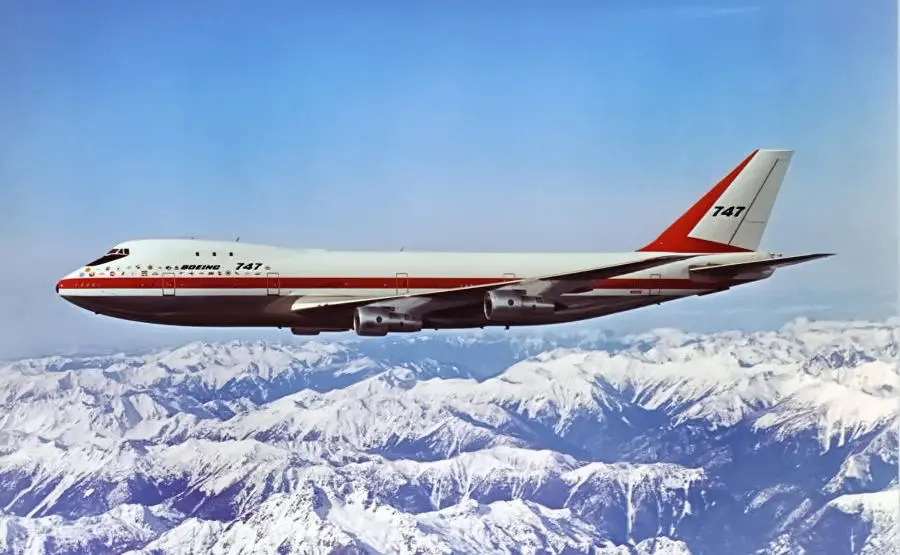
The standard variant Boeing 747-100 sales amounted to 167 aircrafts making it the most sold variant of the first 747 generation. Only 9 of the slightly improved 747-100B was sold and the short range 747-100SR sold 29.
A special shortened variant of the 747-100 called the 747SP was developed in the 1970's and sold 45 aircraft.
| Variant | Sales |
| 747-100 | 167 |
| 747-100B | 9 |
| 747-100SR | 29 |
| 747SP | 45 |
| Total | 250 |
Sales of the Boeing 747-200 - Evolution of a Success
Boeing quickly experienced increased demand for models with longer range and increased capacity. This led to the Boeing 747-200 being developed. It featured more powerful engines and increased maximum takeoff weight (MTOW) in addition to longer range.
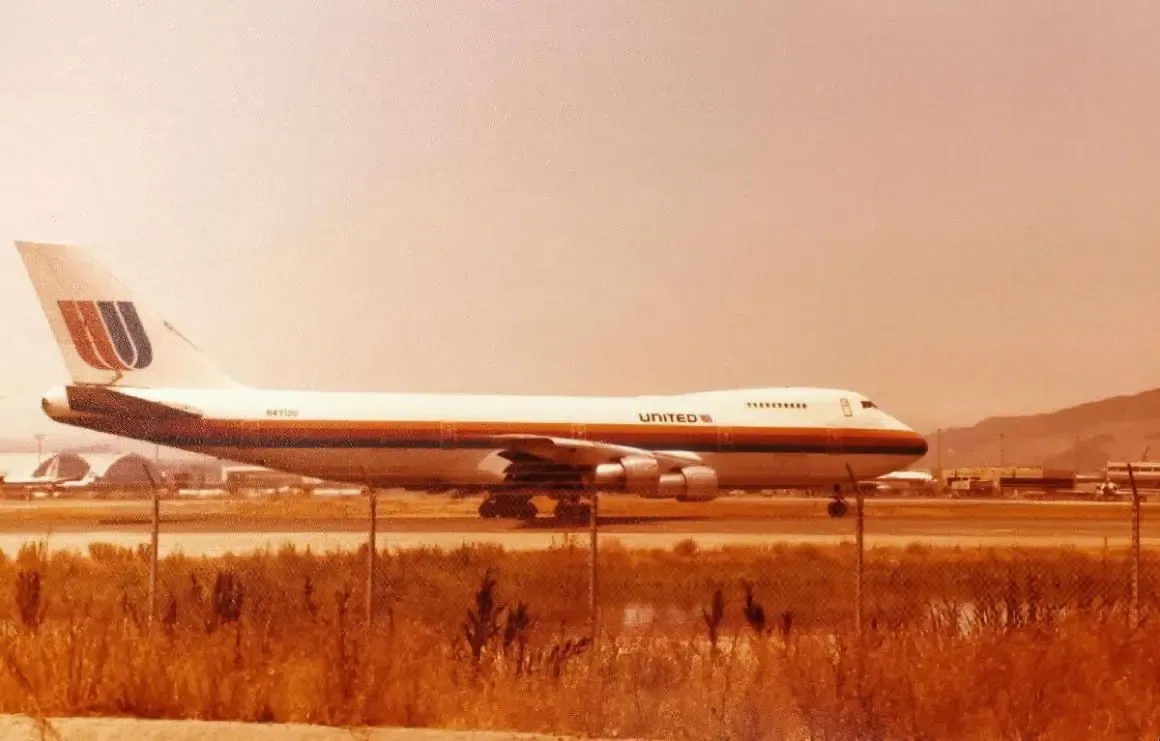
It was produced in four commercial variants and the Boeing 747-200 sales reached a total of 393 aircraft across all variants. The biggest seller was the basic passenger version, the Boeing 747-200B of which 225 planes was sold. Boeing sold 73 of the freighter version, the Boeing 747-200F, and 13 of the 747-200C Convertible version. The -200C could be converted between cargo and passenger aircraft, or a mix of the two. Finally the 747-200M combi variant, which could carry freight as well as passengers, sold 78 aircraft.
In addition to the commercial variants, Boeing produced four military versions of the 747-200.
| Variant | Sales |
| 747-200B | 225 |
| 747-200C | 13 |
| 747-200F | 73 |
| 747-200M | 78 |
| 747 E-4 | 4 |
| Total | 393 |
Sales of the Boeing 747-300 - Refining the Queen
A stretched upper deck is the most distinct visual difference of the Boeing 747-300 compared to the 747-200. Inside, a new staircase design made room for more seats and aerodynamic tweaks increased the cruise speeds to Mach 0.85 from the Mach 0.84 on the previous generations 747's.
The total Boeing 747-300 sales amounted to 81 across the three variants. 56 of them was the standard passenger variant, the 747-300, 21 sales of the combi variant 747-300M and finally 4 Boeing 747-300SR was sold.

The relatively low sales volume came as a result of the short time the 747-300 was available. Two years after the Boeing 747-300 entered service, Boeing announced the more advanced 747-400 which superseded the -300.
| Variant | Sales |
| 747-300 | 56 |
| 747-300M | 21 |
| 747-300SR | 4 |
| Total | 81 |
Sales of the Boeing 747-400 - The Best Seller
Improved range, better fuel economy, new interior and revised engines was among the improvements in the 747-400 model. It was also the first 747 designed for a flight crew of two instead of three. The -400 entered service in 1989 with Northwest Airlines.
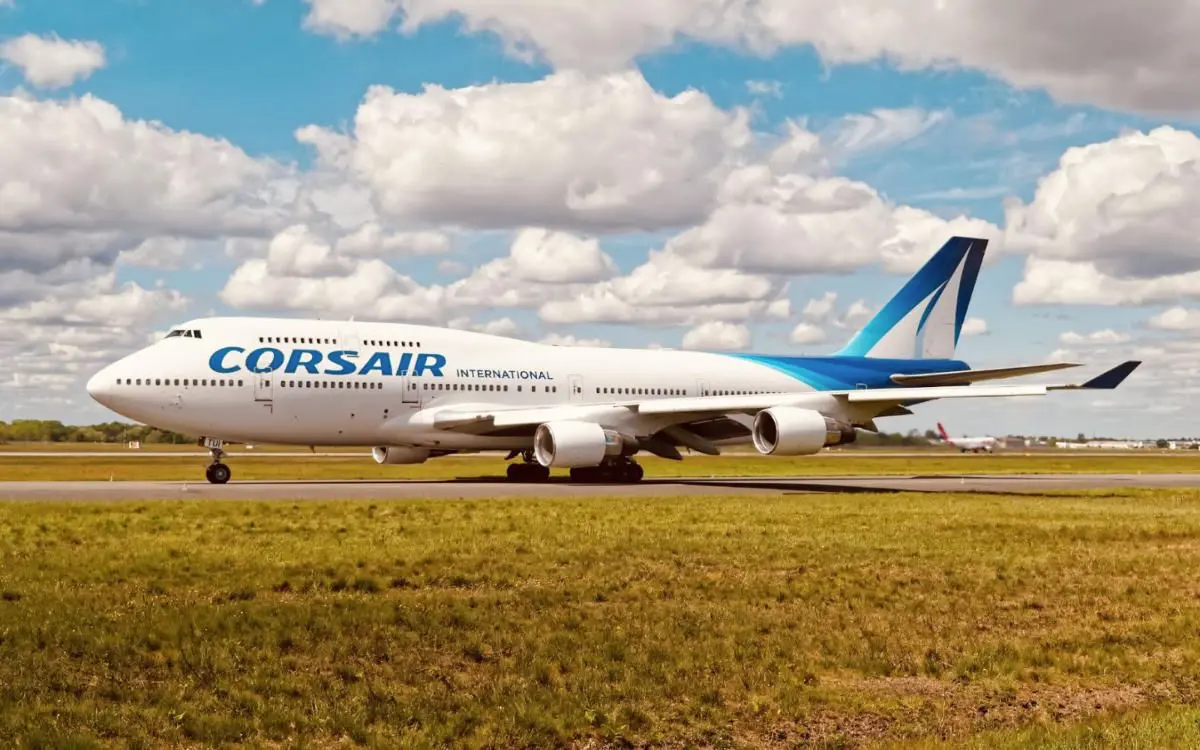
Boeing sold a total of 694 of the 747-400 across its variants. The most popular being the standard passenger version, the 747-400 with sales of 442 making it the best selling variant of all 747's. The freighter version, 747-400F, also experienced good sales reaching 126 aircraft. Other variants included the combi (-400M) which sold 61 units, the domestic high-density seating (-400D) with 19 sales, extended range passenger version (-400ER) with 6 sold aircraft, and extended range freighter (-400ERF) that sold 40 aircraft.
Today most of the -400 operators have retired or have plans for retiring their fleets.
| Variant | Sales |
| 747-400 | 442 |
| 747-400ER | 6 |
| 747-400ERF | 40 |
| 747-400F | 126 |
| 747-400M | 61 |
| 747-400D | 19 |
| Total | 694 |
Sales of the Boeing 747-8 - Present day Jumbo.
The latest version of the 747 was announced in 2005. The 747-8 shares a lot of its features with the Boeing 787 Dreamliner, including engine and cockpit technology. The 747-8 is designed to be more quiet, more economically efficient and better for the environment. The 747-8's fuselage is also lengthened from 70.8 to 76.4 m.
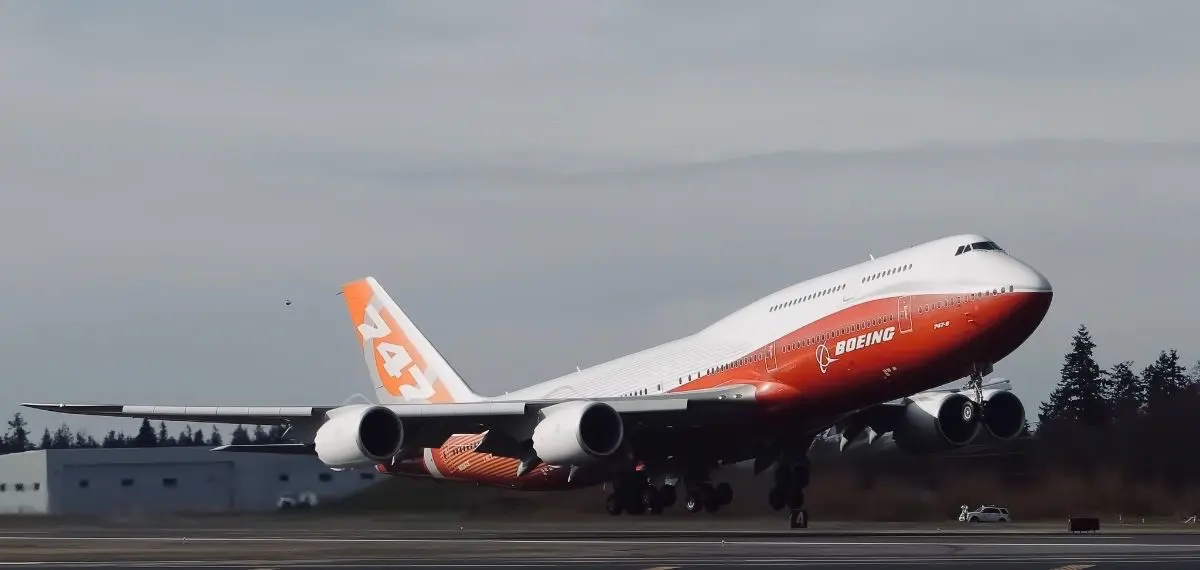
Sales of the 747-8 has been sluggish. Boeing offers the 747-8I passenger variant and a 747-8F variant. The latter is the best selling of the two with 101 sales and some are still on backlog as of March 2022. The passenger version has sold 48 aircraft to just three operators and no new orders of the 747-8I has been made since 2017, except one single aircraft.
Market demand is shifting to smaller and more fuel efficient aircraft like the Boeing 787 Dreamliner and Airbus A350 XWB. Both is equipped with two engines instead of four.
| Variant | Sales |
| 747-8I | 48 |
| 747-8F | 101 |
| Total | 149 |
Unfilled orders: 6 freighter variants as of March 2022.
Conclusion
According to Boeing 747 sales figures, a total of 1568 aircraft has been delivered since its introduction in 1970 up until December 2021.
Airlines originally bought the 747 because of its range and not its capacity. However twin-engine aircraft like Boeing's own 777 and 787 has taken away the long range advantage of the 747. Twin-engine aircraft are also more fuel efficient and costs less up-front than the larger models.
The production rate of the Boeing 747 has seen multiple reductions and analysts predict a bleak future for very large aircraft like the 747. Airbus suffered the same challenges with its A380 and has decided to end the production when the last orders are fulfilled in 2021. Time will tell if Boeing will be taking the same route.
Planenerd Newsletter
Join the newsletter to receive the latest updates in your inbox.






